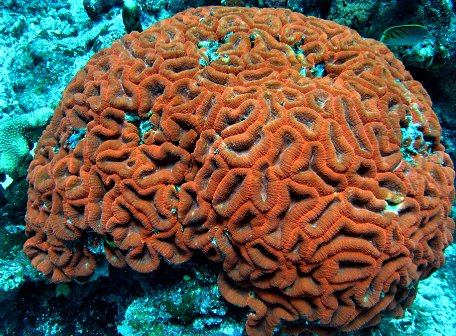

We've long known that oxygen, when given in a high flow mask form, often relieves cluster and sometimes migraine headache. Such treament is safe and often effective, but Medicare's current rules prohibit coverage of axygen for headache (Medicare requires that the patient's blood oxygen be significantly lower than normal as a reason for coverage).
The following trial confirms oxygen's efficacy in migraine (not as good as injectable sumatriptan, but as good as some oral triptan forms).
----------------------------------------------------
ABSTRACT
High-flow oxygen therapy for treatment of acute migraine: A randomized crossover trial
Aneesh B Singhal1, Matthew B Maas, Joshua N Goldstein, Brittany B Mills, David W Chen, Cenk Ayata, Robert M Kacmarek, Mehmet A Topcuoglu
Cephalalgia May 20, 2016
doi: 10.1177/0333102416651453
Background Impaired oxygen utilization and cerebrovascular dysfunction are implicated in migraine. High-flow oxygen is effective in cluster headache and has shown promise in animal models of migraine, but has not been adequately studied in patients with migraine.
Methods In this randomized, crossover-design, placebo-controlled trial, adult migraineurs self-administered high-flow oxygen or medical air at 10–15 l/min via face mask in blinded fashion starting soon after symptom onset for 30 minutes, for a total of four migraine attacks. Participants recorded the severity of headache, nausea, and visual symptoms on visual analog scales periodically up to 60 minutes.
Results We enrolled 22 individuals (mean age 36 years, 20 women) who self-treated 64 migraine attacks (33 oxygen, 31 air). The pre-specified primary endpoint (mean decrease in pain score from baseline to 30 minutes) was 1.38 ± 1.42 in oxygen-treated and 1.22 ± 1.61 in air-treated attacks (p = 0.674). Oxygen therapy resulted in relief (severity score 0–1) of pain (24% versus 6%, p = 0.05), nausea (42% versus 23%, p = 0.08) and visual symptoms (36% versus 7%, p = 0.004) at 60 minutes. Exploratory analysis showed that in moderately severe attacks (baseline pain score <6), pain relief was achieved in six of 13 (46%) oxygen versus one of 15 (7%) air (p = 0.02). Gas therapy was used per protocol in 91% of attacks. There were no significant adverse events.
Conclusion High-flow oxygen may be a feasible and safe strategy to treat acute migraine. Further studies are required to determine if this relatively inexpensive, widely available treatment can be used as an adjunct or alternative migraine therapy.







